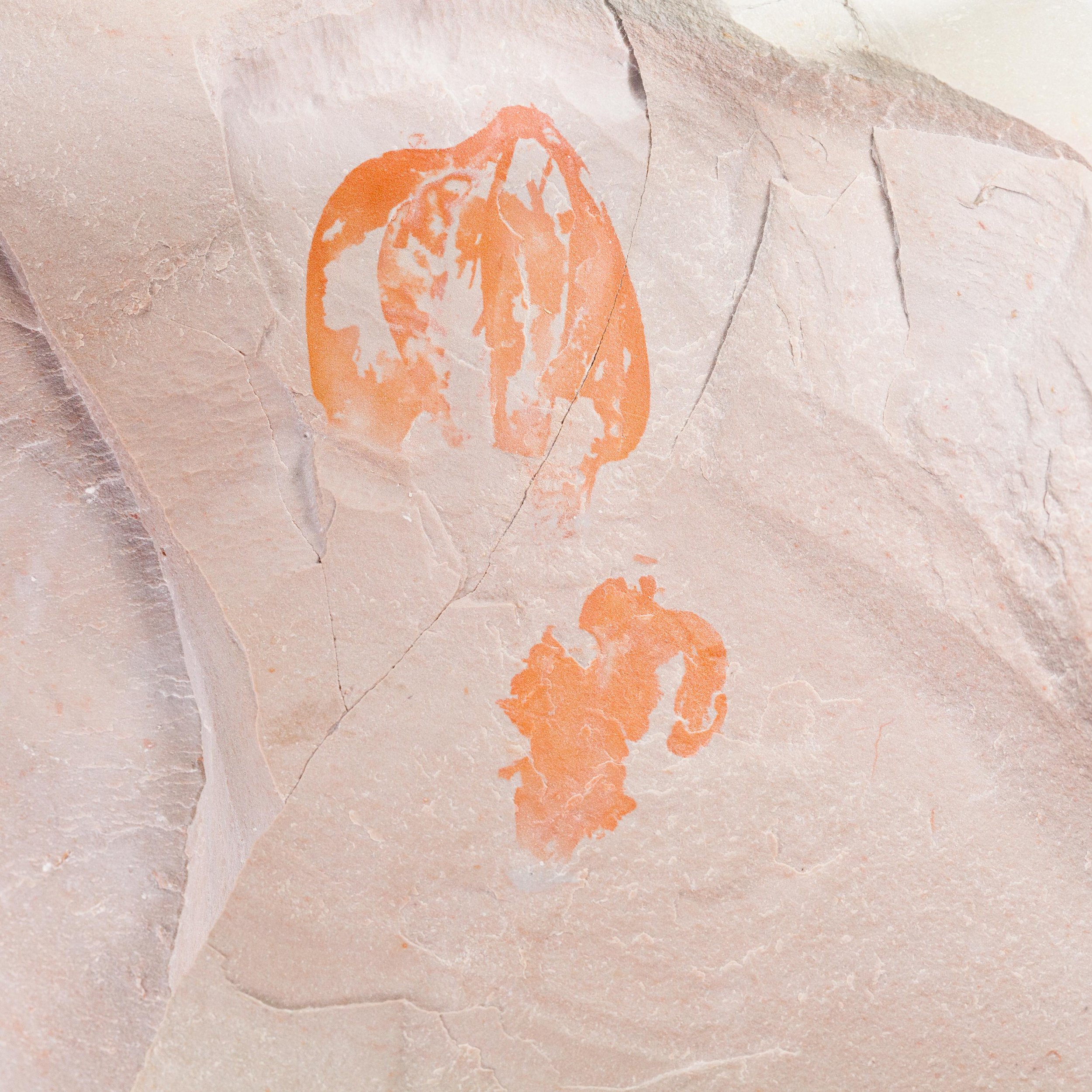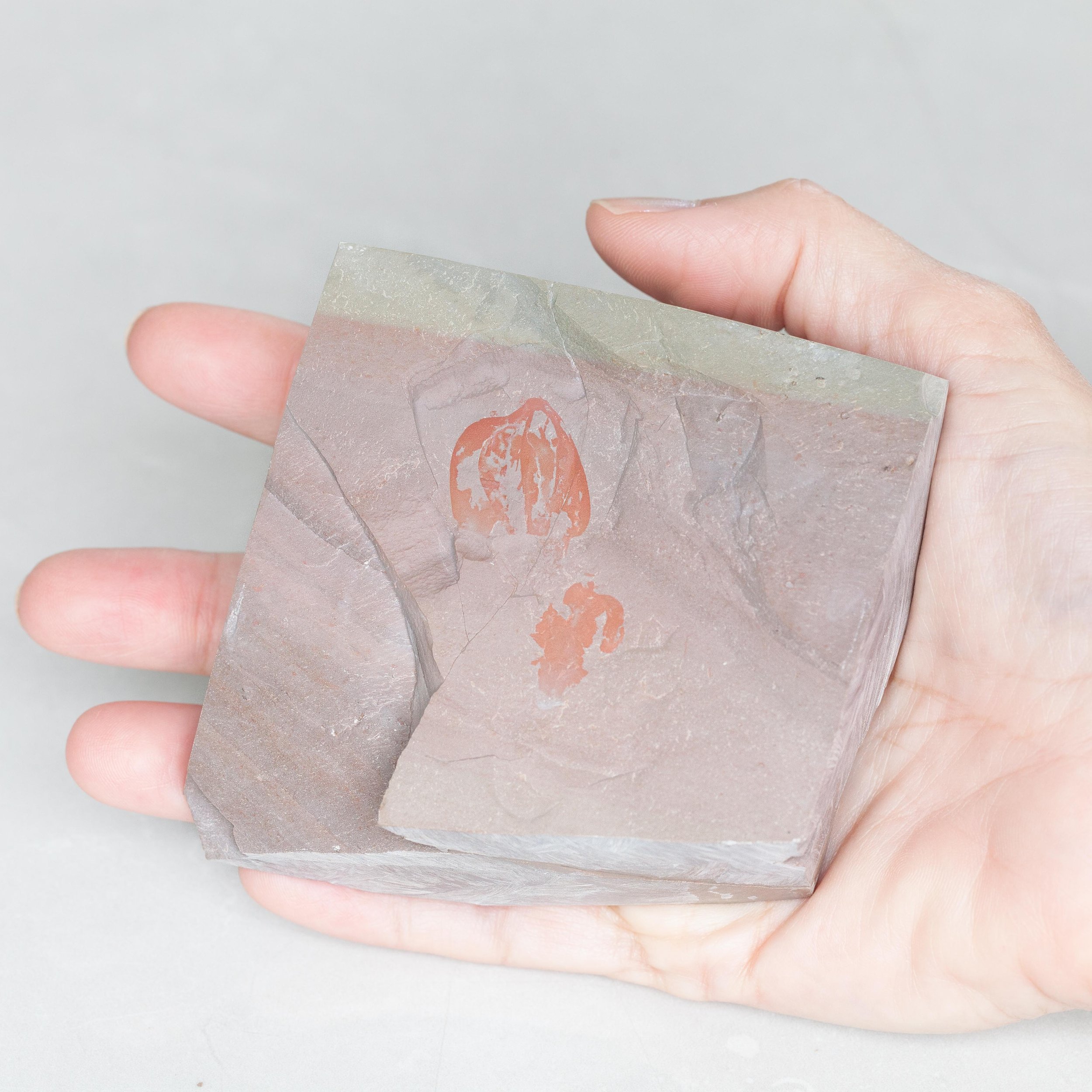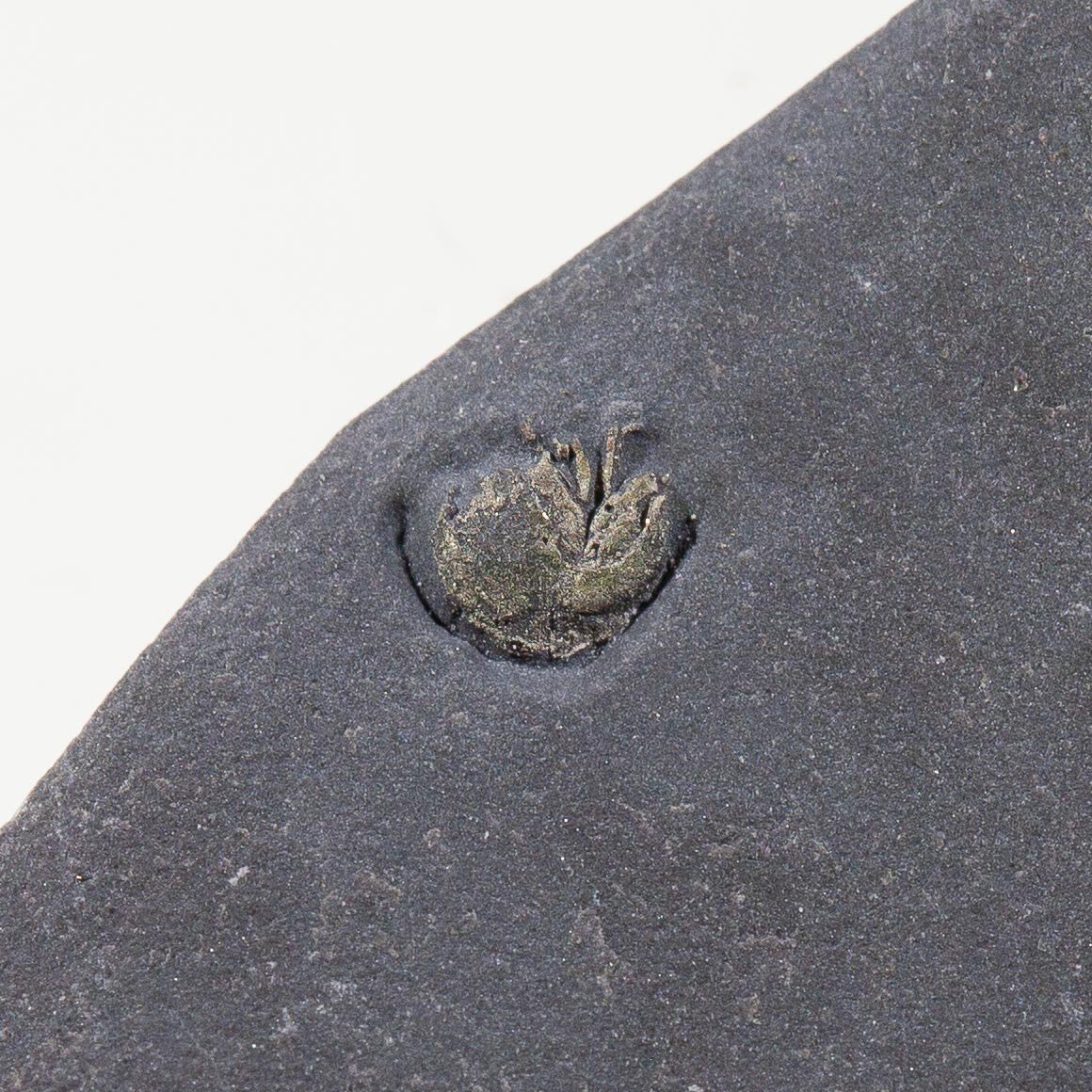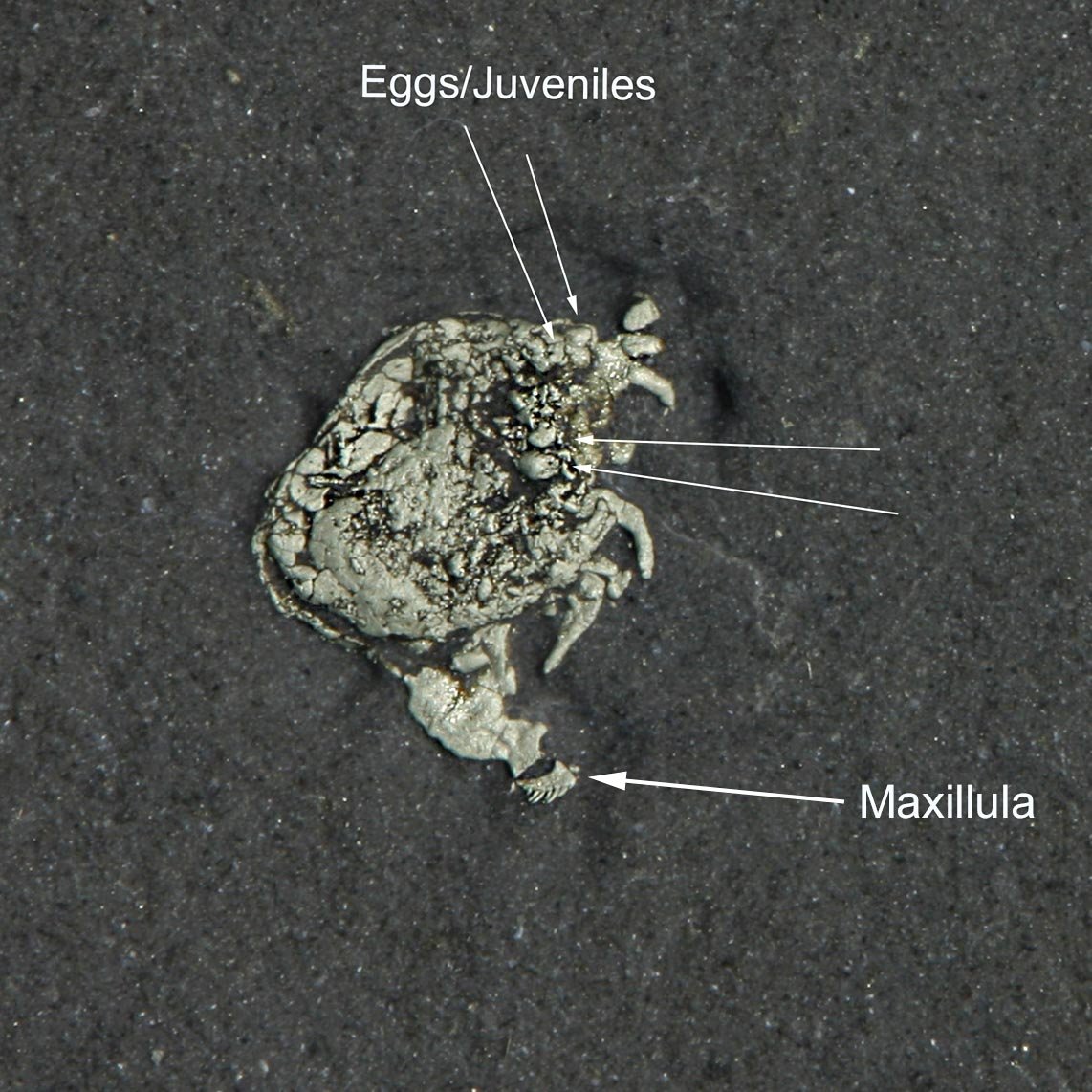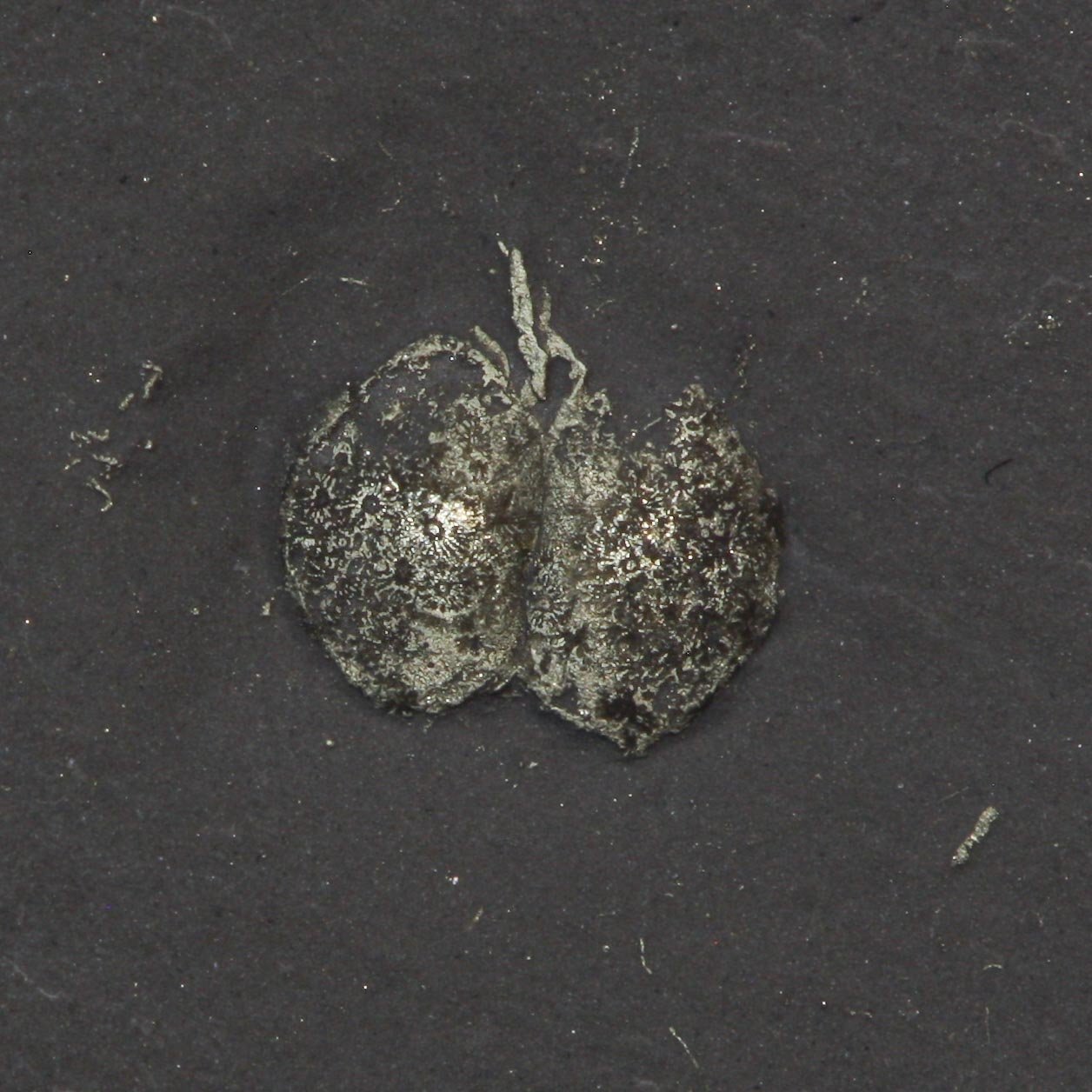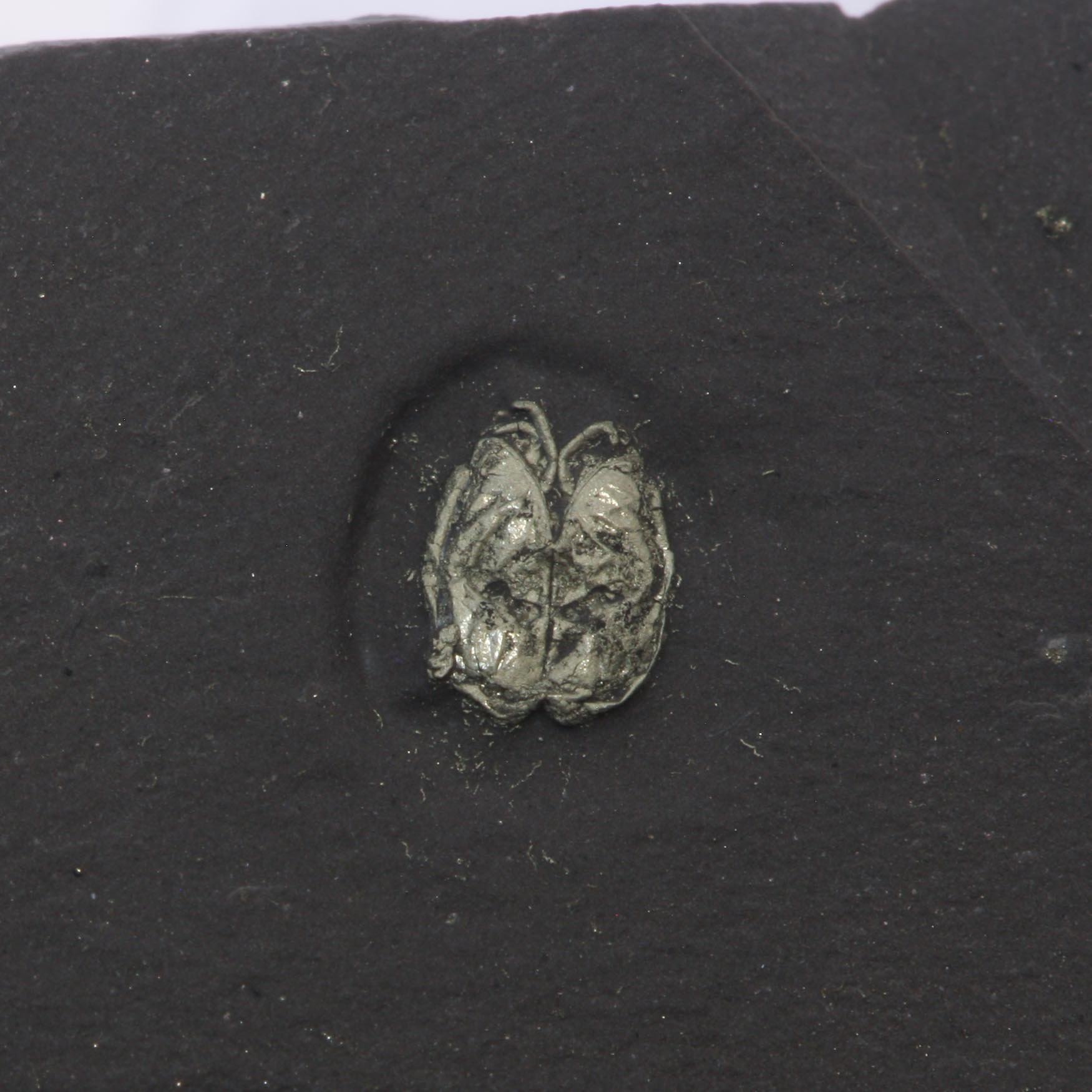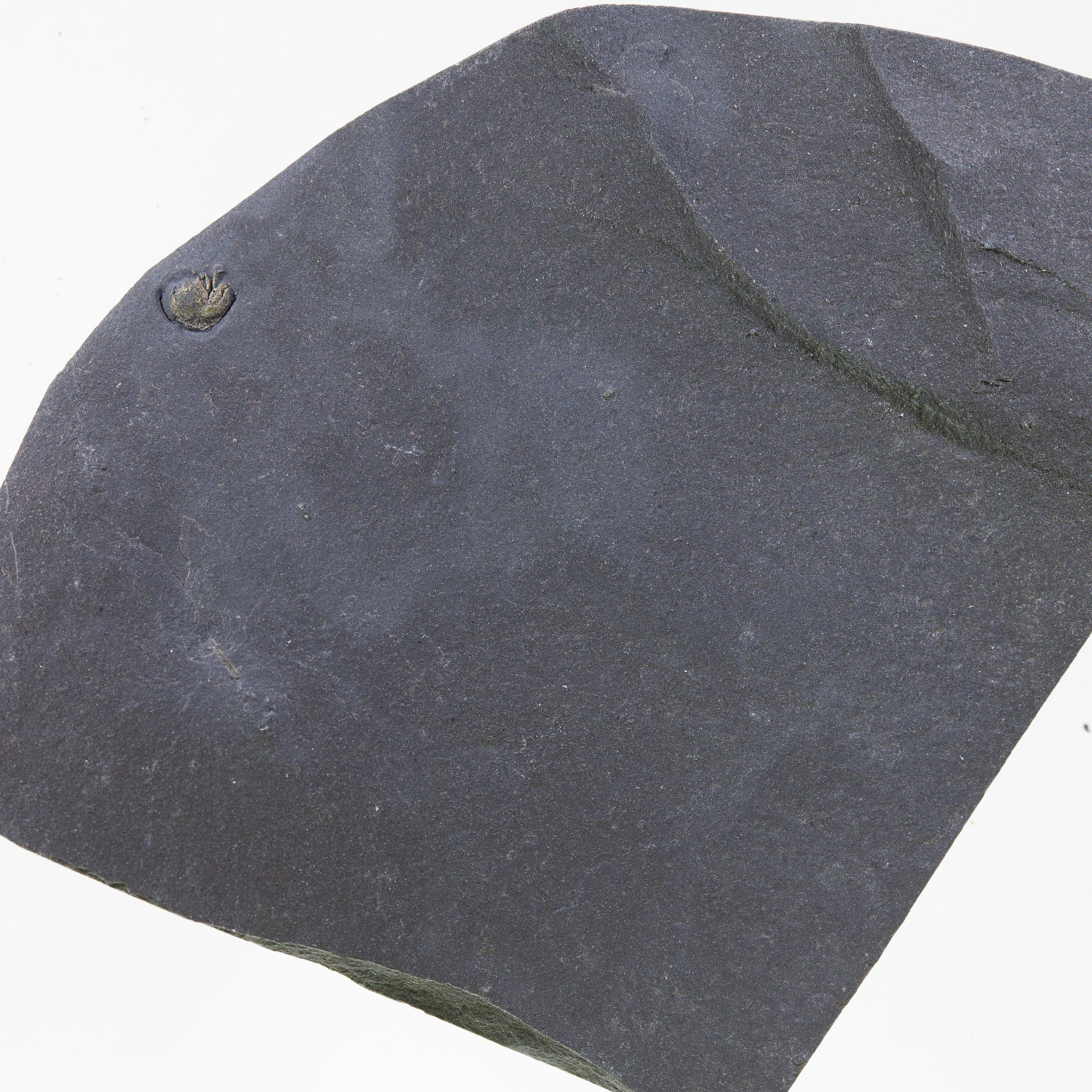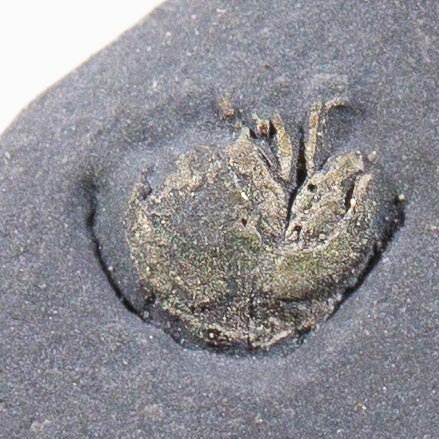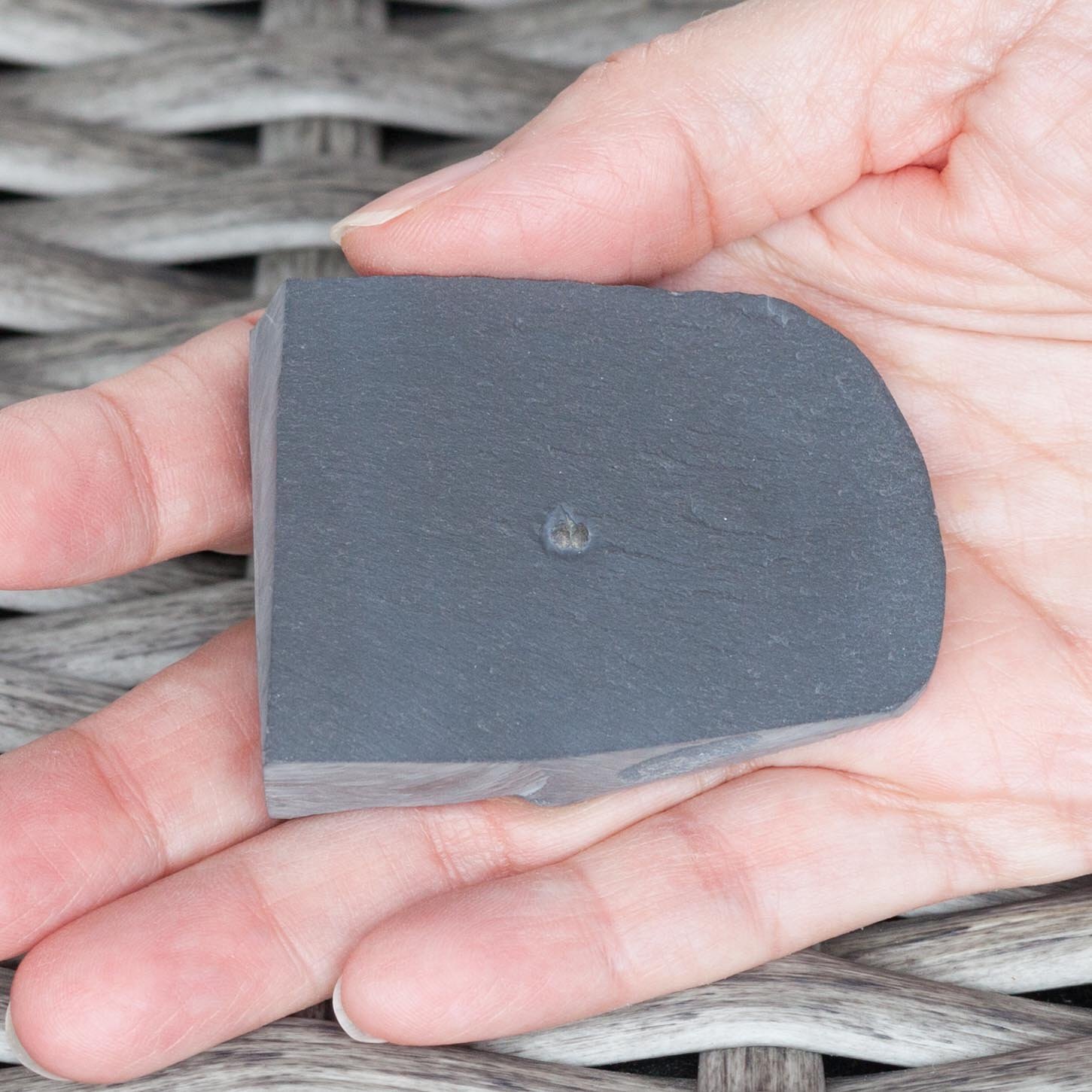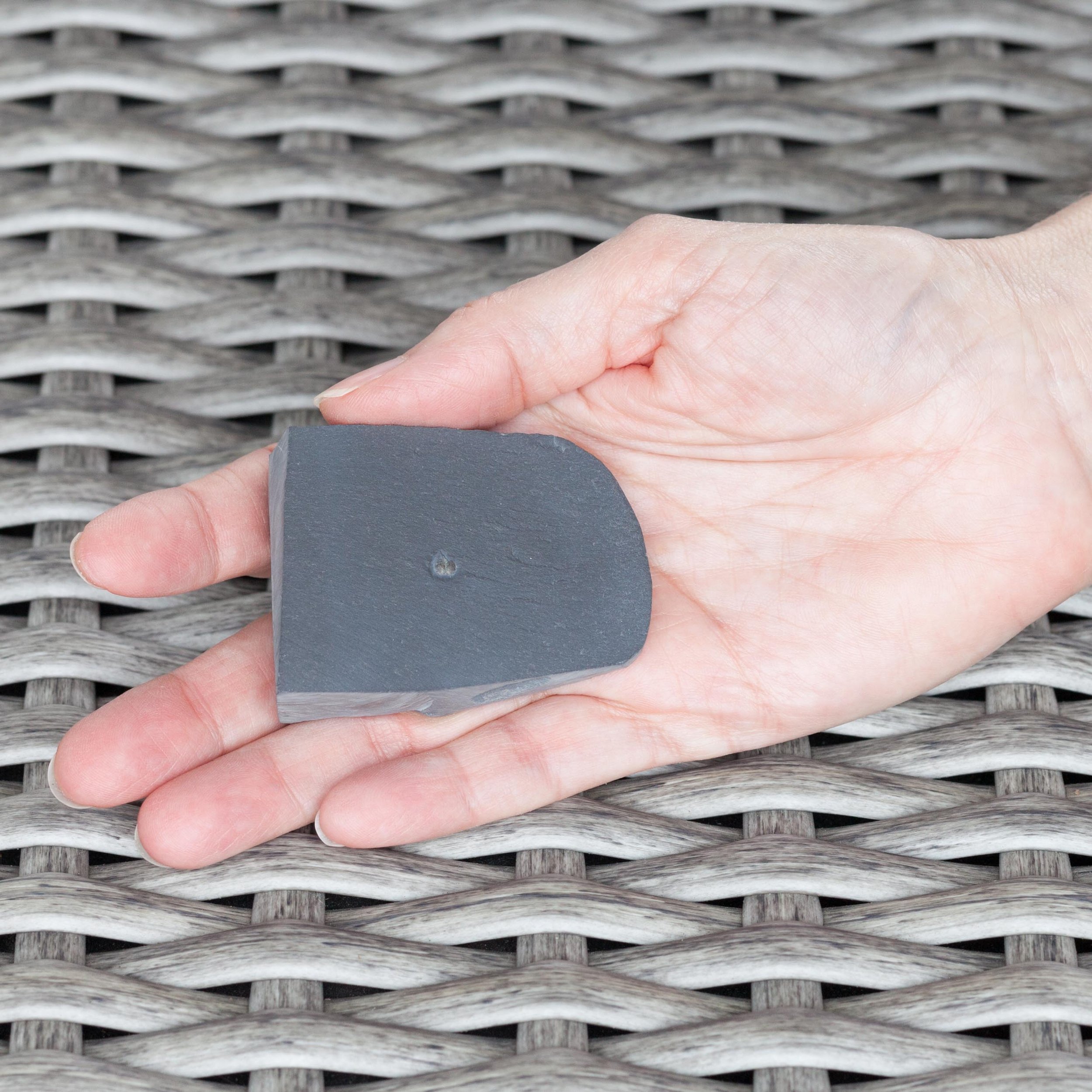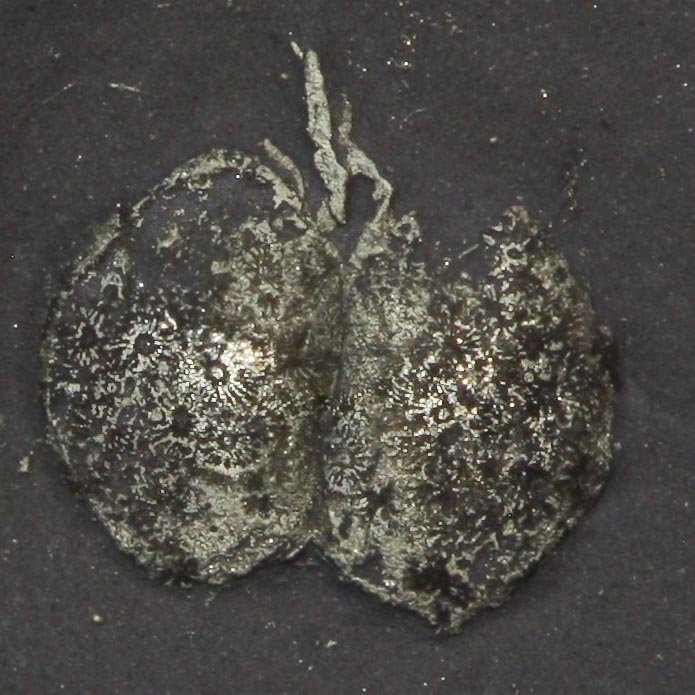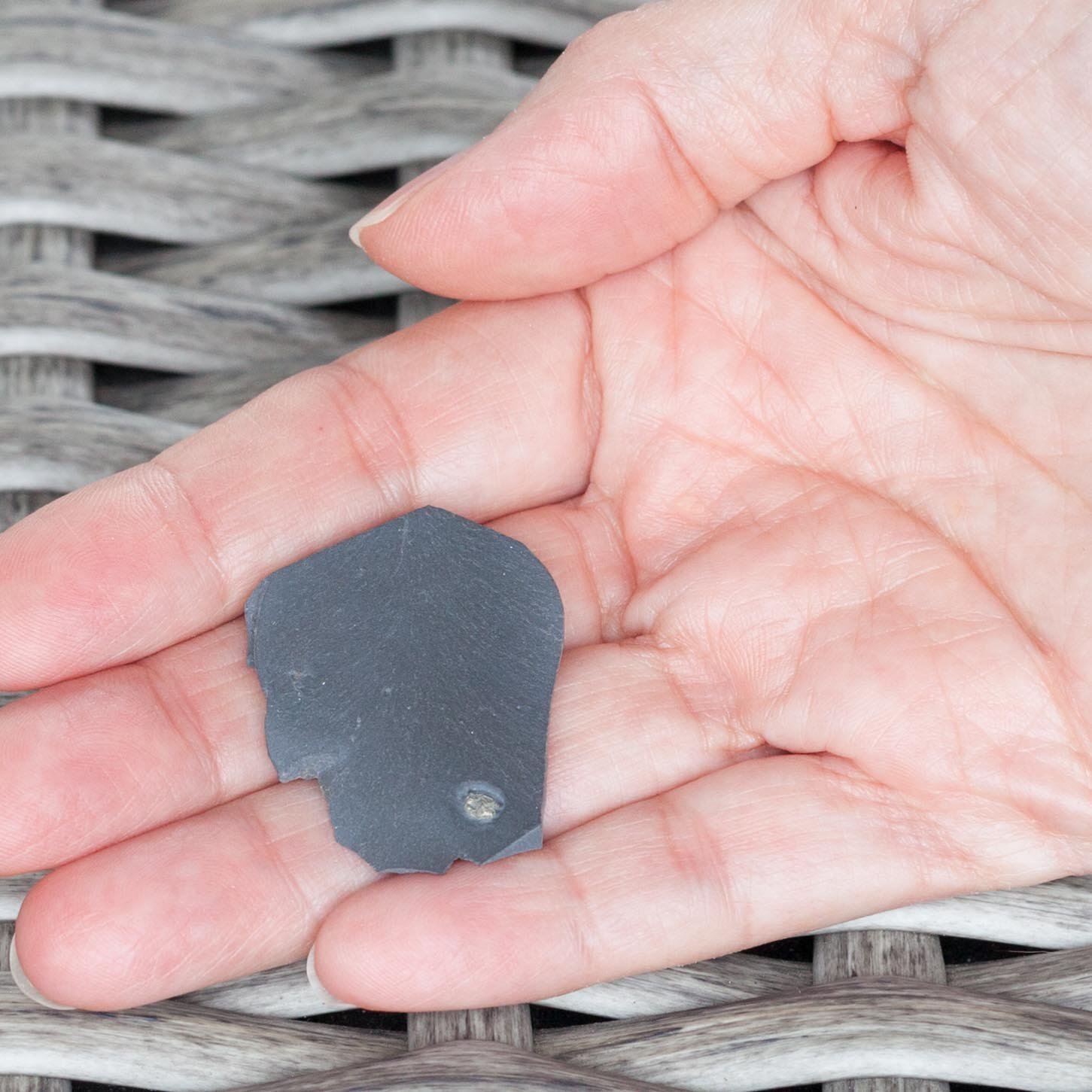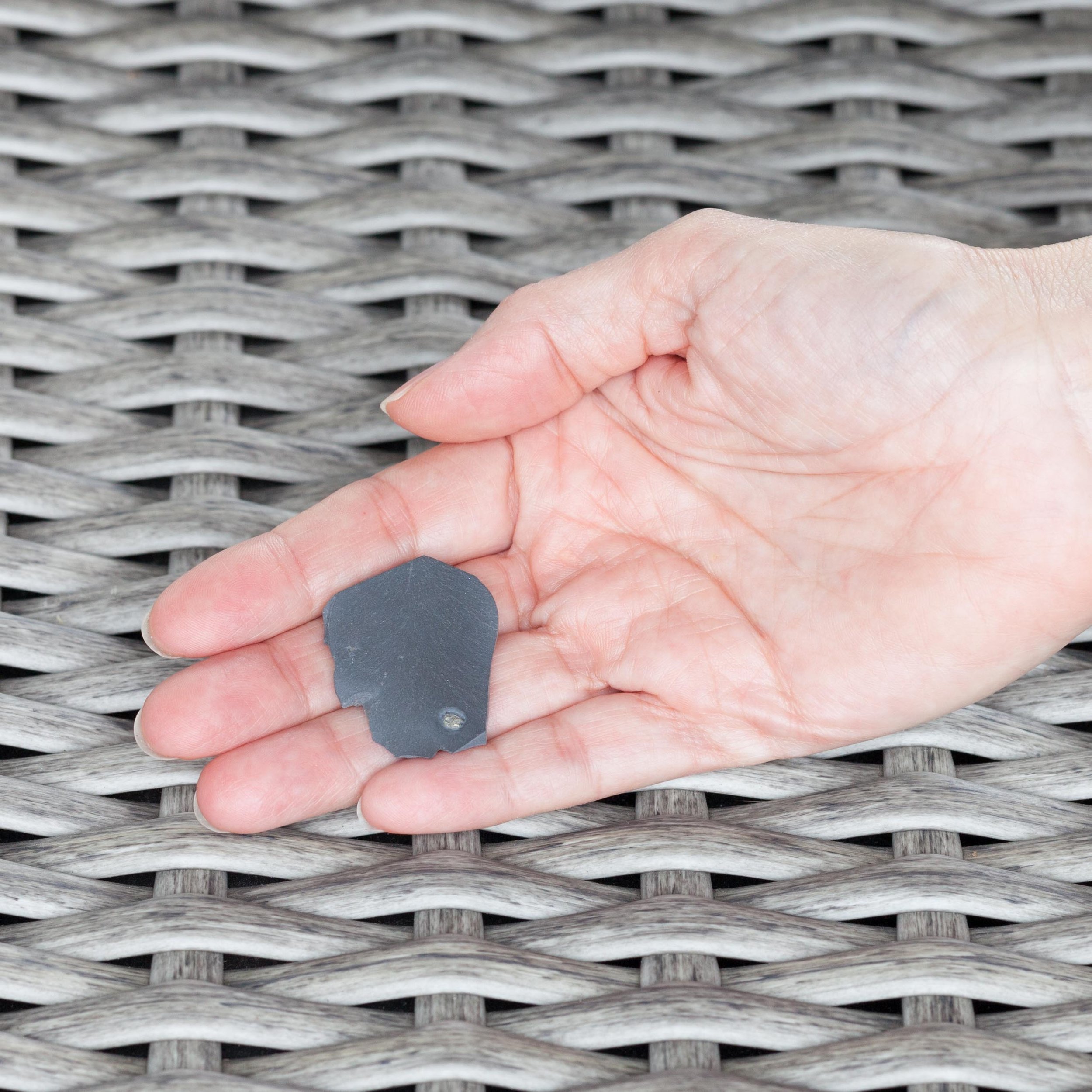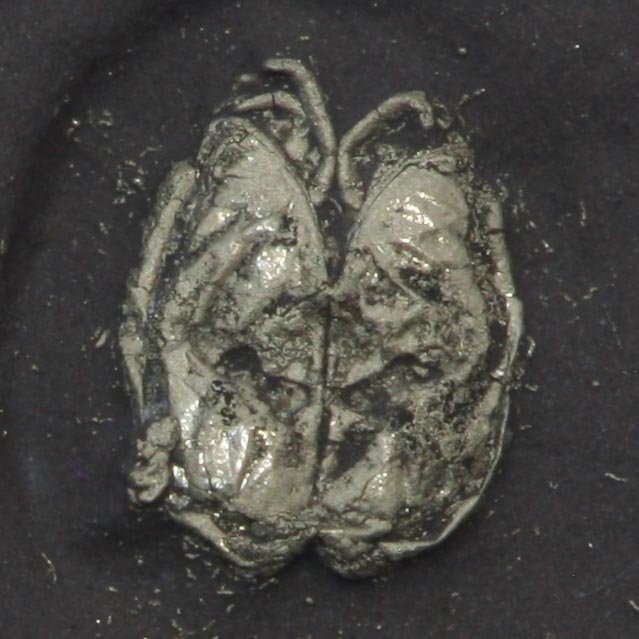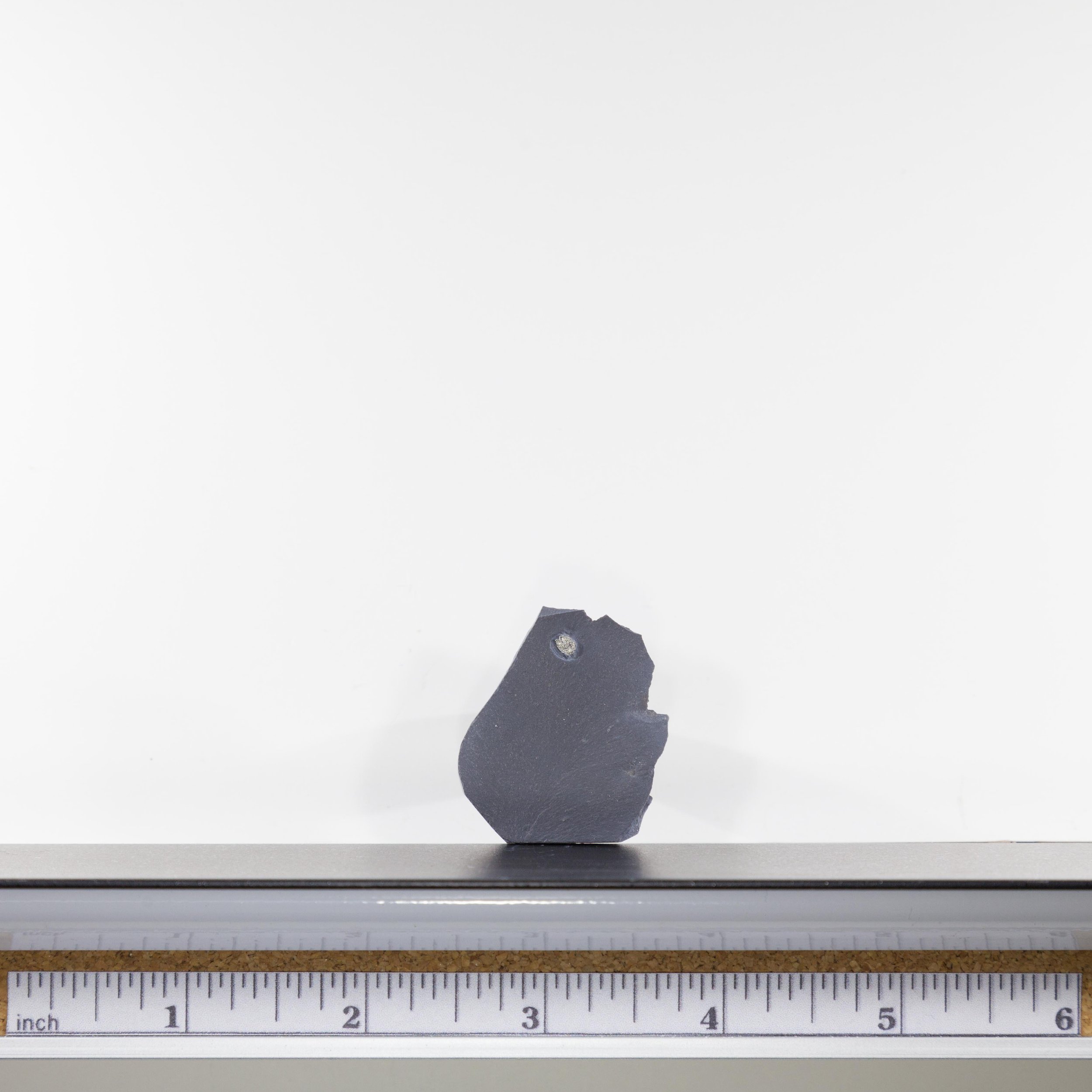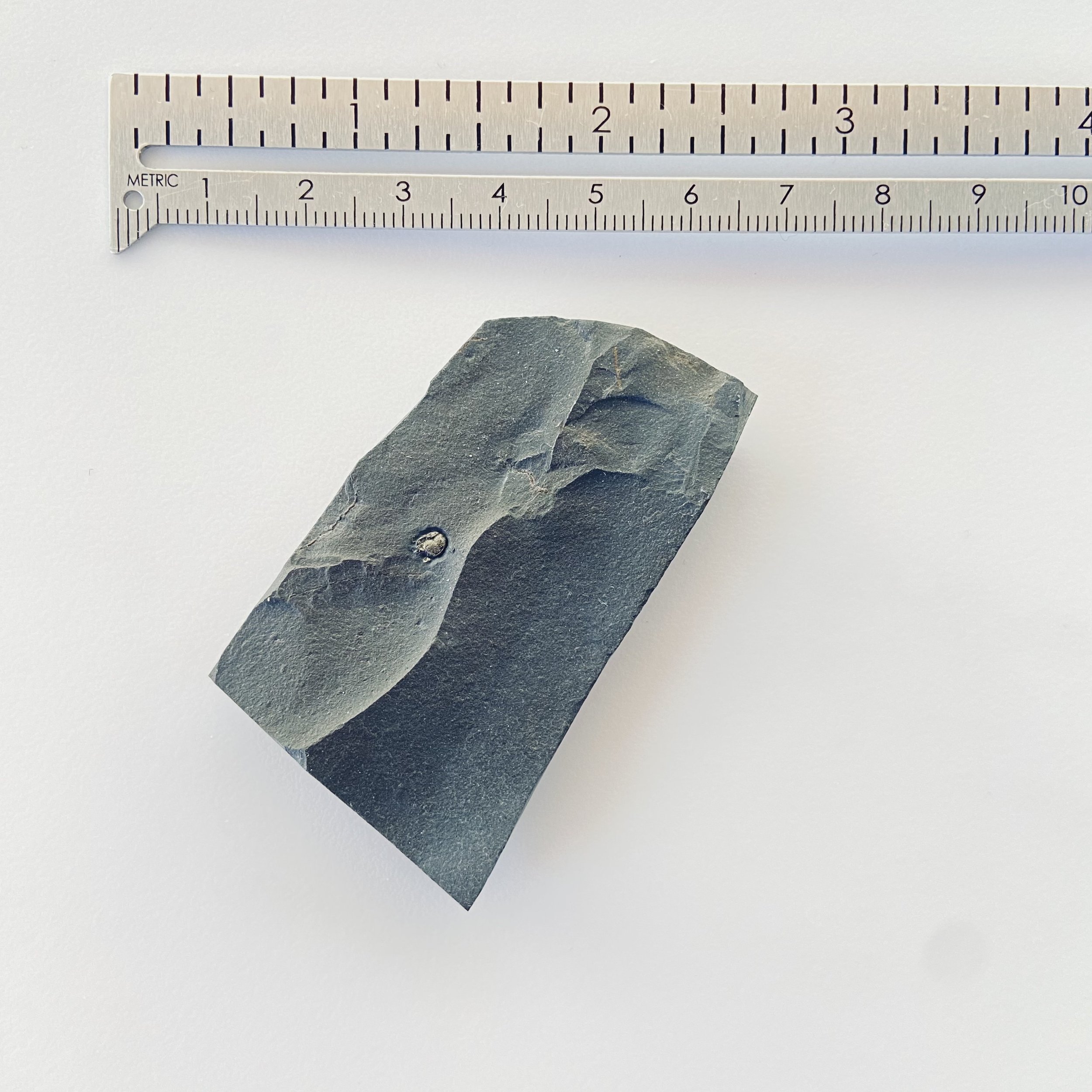Branchiocaris pretiosa
Vendor: Gold Bugs
SKU Number: SQ3727170
Branchiocaris pretiosa is a phyllocarid from the Middle Cambrian, Wheeler Shale Formation of Utah.
Branchiocaris is an organism known from Burgess Shale-type localities that belongs to a subclass of crustaceans. It has a large external, dorsally hinged carapace that covers the head and thorax.
This specimen appears to have faintly preserved eyes and various disarticulated remains. Many soft body animals such as this have very low preservation potential compared to other animals of the time, including the trilobites.
These soft body animals are rare and when found are often found in various states of decay and preservation.
Full dimensions are listed below.
Vendor: Gold Bugs
SKU Number: SQ3727170
Branchiocaris pretiosa is a phyllocarid from the Middle Cambrian, Wheeler Shale Formation of Utah.
Branchiocaris is an organism known from Burgess Shale-type localities that belongs to a subclass of crustaceans. It has a large external, dorsally hinged carapace that covers the head and thorax.
This specimen appears to have faintly preserved eyes and various disarticulated remains. Many soft body animals such as this have very low preservation potential compared to other animals of the time, including the trilobites.
These soft body animals are rare and when found are often found in various states of decay and preservation.
Full dimensions are listed below.
Vendor: Gold Bugs
SKU Number: SQ3727170
Branchiocaris pretiosa is a phyllocarid from the Middle Cambrian, Wheeler Shale Formation of Utah.
Branchiocaris is an organism known from Burgess Shale-type localities that belongs to a subclass of crustaceans. It has a large external, dorsally hinged carapace that covers the head and thorax.
This specimen appears to have faintly preserved eyes and various disarticulated remains. Many soft body animals such as this have very low preservation potential compared to other animals of the time, including the trilobites.
These soft body animals are rare and when found are often found in various states of decay and preservation.
Full dimensions are listed below.
Additional Information
Phyllocarids belong to a subclass of crustaceans that include the extinct order of Hymenostraca. They had a large external, dorsally hinged carapace that covered the cephalothoracic region that contained multisegmented paired appendages and rounded mandibles. Phyllocarids are thought to have had a lifestyle very similar to shrimps. They are morphologically varied, have extant relatives, and an extensive and long-ranging fossil record (Rolfe, 1969)
References:
Phyllocarida
Branchiocaris
Early evolution of Phyllocarid arthropods: Phylogony and Systematics of Cambrian-Devonian Archaeostracans


